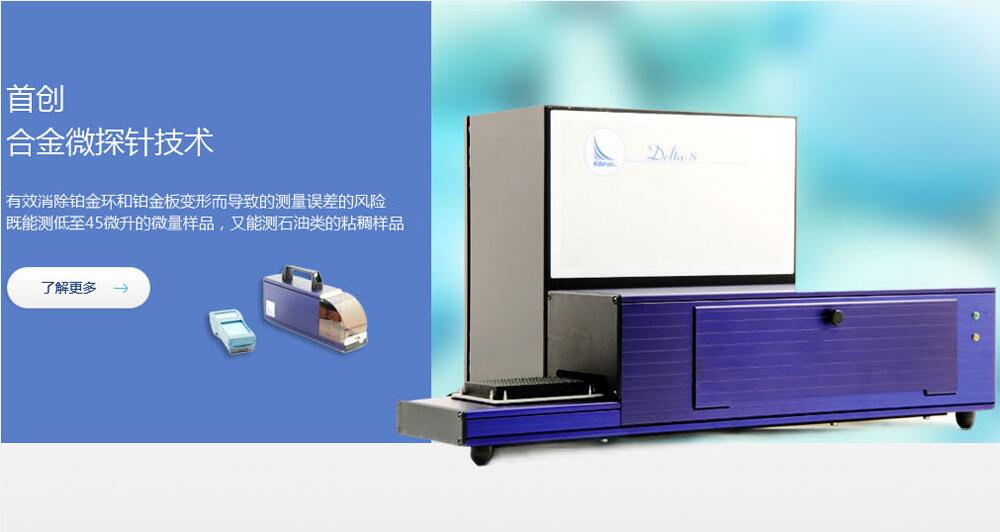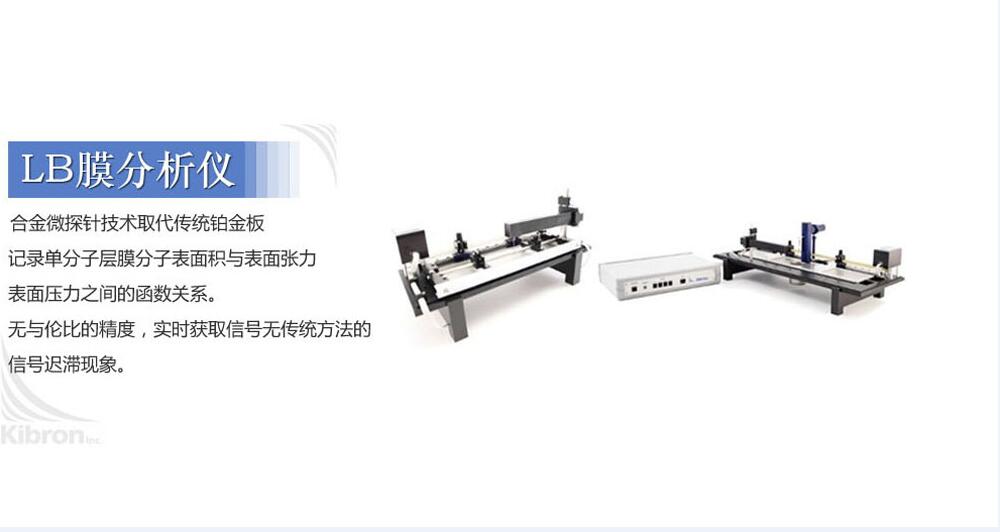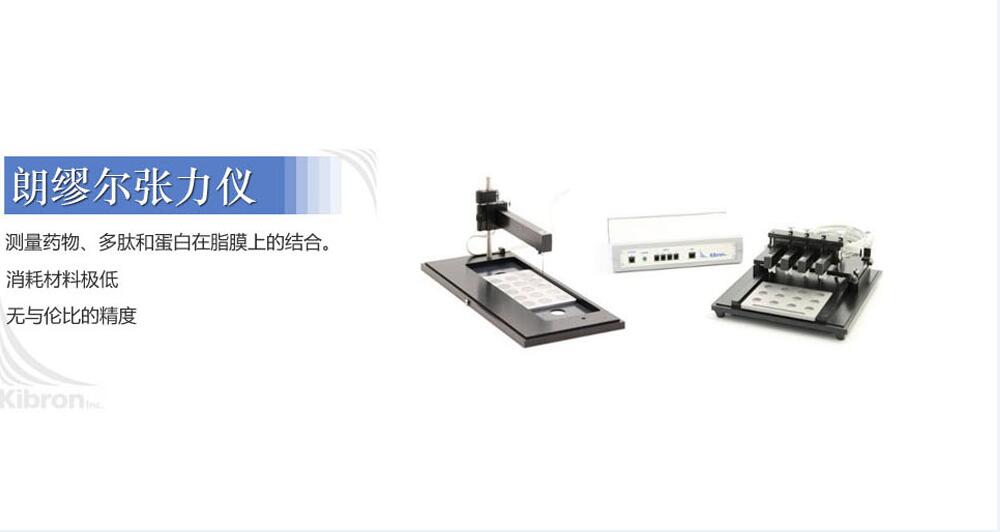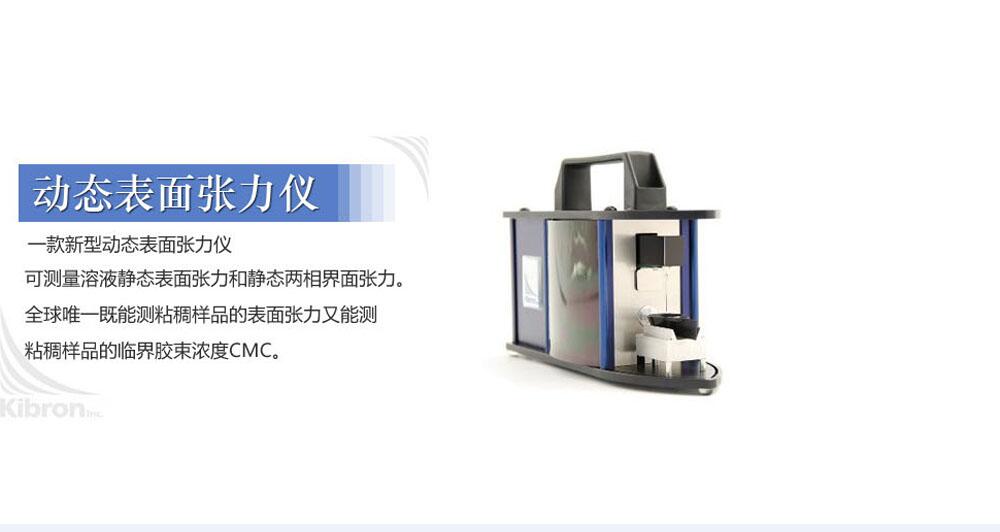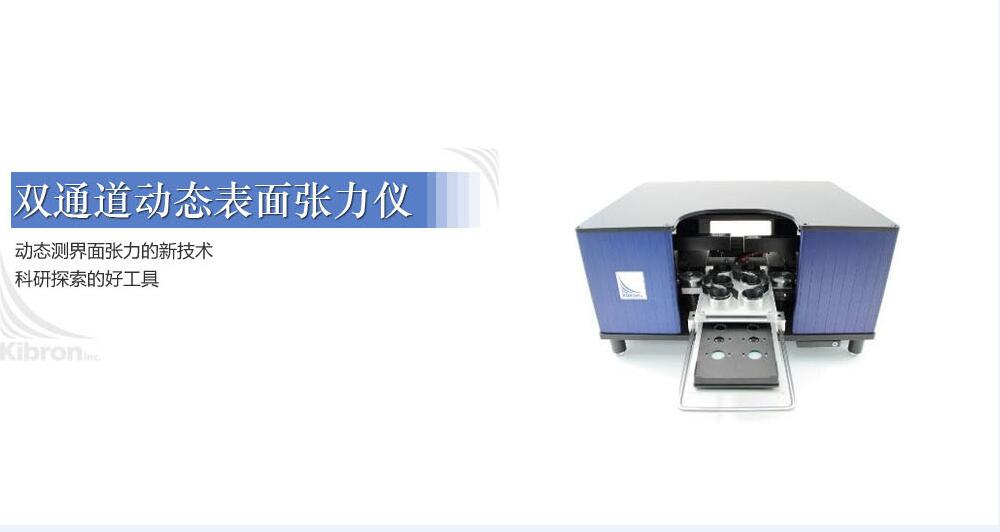合作客户/
拜耳公司 |
同济大学 |
联合大学 |
美国保洁 |
美国强生 |
瑞士罗氏 |
相关新闻Info
-
> 黏土塑性和掺合水之间的关系
> 新型添加剂浓度对水合物溶液的表面张力的影响
> 双链乳糖酰胺季铵盐表面活性剂物化性能、应用性能及复配性能研究
> Sb合金元素对锌液与X80钢表面张力、润湿性及界面反应的影响——结果与分析
> 各种测量ILs汽化焓对比:表面张力法、热重法、简单相加法、 基团贡献法……(二)
> 内压力是什么意思?液体表面张力与内压力的区别与定量关系
> 去乙酰化槐糖脂生物表面活性剂的结构鉴定、理化性质及应用(三)
> 甜菜碱型两性表面活性剂与有机膦酸盐防垢复配,有效降低桩西原油体系油-水动态界面张力
> 表面张力的测定方法有哪些?
> 液滴爆炸现象:酒精蒸发引起的马兰戈尼流动现象影响参数(三)
推荐新闻Info
-
> 无机盐浓度对HPAM不同复配体系降低界面张力能力的影响(二)
> 无机盐浓度对HPAM不同复配体系降低界面张力能力的影响(一)
> 烷基二甲苯磺酸盐表面活性剂界面张力、界面性能测定
> 不同温度对氢氟醚HFE7000、HFE7200表面张力和黏度影响(二)
> 不同温度对氢氟醚HFE7000、HFE7200表面张力和黏度影响(一)
> R1336mzz(Z))纯质与POE润滑油组成的混合物的表面张力测定
> Sb合金元素对锌液与X80钢表面张力、润湿性及界面反应的影响——结果与分析
> Sb合金元素对锌液与X80钢表面张力、润湿性及界面反应的影响——实验
> 液氢、液氧等低温推进剂表面张力与内角自流现象的关系
> 高沸点表面活性剂对纳米LiBr溶液表面张力沸腾温度的影响(下)
表面活性剂是否对斥水性土壤的润湿性有影响?——结论、致谢!
来源:上海谓载 浏览 1460 次 发布时间:2021-11-09
结论
不像人工创造的稳定的驱虫表面或多孔 介质,拒水土壤表现出润湿动力学,由此 最初疏水的土壤随着时间的推移变得亲水 与水接触时。 初始润湿动力学 排斥土壤通常归因于 固液界面能 (γSL),或液汽界面能 (γLV) 的降低,或两者兼而有之。 γLV 的减少 建议是由于土壤表面溶解 活性有机化合物进入与水接触的水中 土壤。 在这项研究中,我们测试了土传表面的影响 润湿动力学的活性物质,并发现,与广为接受的范式相反,土壤释放表面 活性化合物不会加速润湿过程。 因此很明显,固体界面能的变化 表面(γSL 或 γSV),而不是液汽 表面 (γLV) 必须在驱动不稳定排斥性土壤的润湿动力学方面起主导作用。
致谢
本研究由以色列农业部资助 和农村发展,资助号 821-0088-04。
参考
Barrett, G. & Slaymaker, O. 1989. Identification, characterization, and hydrological implications of water repellency in mountain soils, southern British-Columbia. Catena, 16, 477–489.
Bisdom, E.B.A., Dekker, L.W. & Schoute, J.F.T. 1993. Water repellency of sieve fractions from sandy soils and relationships with organic material and soil structure. Geoderma, 56, 105–118.
Chen, Y. & Schnitzer, M. 1978. Surface-tension of aqueous-solutions of soil humic substances. Soil Science, 125, 7–15.
Dekker, L.W., Oostindie, K. & Ritsema, C.J. 2005. Exponential increase of publications related to soil water repellency. Australian Journal of Soil Research, 43, 403–441.
Dinar, E., Taraniuk, I., Graber, E.R., Katsman, S., Moise, T., Anttila, T. et al. 2006. Cloud condensation nuclei properties of model and atmospheric HULIS. Atmospheric Chemistry and Physics, 6, 2465–2481.
Doerr, S.H., Shakesby, R.A. & Walsh, R.P.D. 2000. Soil water repellency: its causes, characteristics and hydro-geomorphological significance. Earth-Science Reviews, 51, 33–65.
Doerr, S.H., Dekker, L.W., Ritsema, C.J., Shakesby, R.A. & Bryant, R. 2002. Water repellency of soils: the influence of ambient relative humidity. Soil Science Society of America Journal, 66, 401–405.
Ellerbrock, R.H., Gerke, H.H., Bachmann, J. & Goebel, M.O. 2005. Composition of organic matter fractions for explaining wettability of three forest soils. Soil Science Society of America Journal, 69, 57–66.
Feng, G.L., Letey, J. & Wu, L. 2002. The influence of two surfactants on infiltration into a water-repellent soil. Soil Science Society of America Journal, 66, 361–367.
Gee, G.W. & Bauder, J.W. 1986. Particle-size analysis. In: Methods of Soil Analysis. Part 1. Monograph No 9 (ed. A. Klute), pp. 383–411.
American Society of Agronomy, Madison, WI. Graber, E.R., Ben-Arie, O. & Wallach, R. 2006. Effect of sample disturbance on soil water repellency determination in sandy soils. Geoderma, 136, 11–19.
Hurrass, J. & Schaumann, G.E. 2006. Properties of soil organic matter and aqueous extracts of actually water repellent and wettable soil samples. Geoderma, 132, 222–239.
Letey, J. 1969. Measurement of contact angle, water drop penetration time, and critical surface tension. In: Proceedings of the Symposium on Water Repellent Soils 6–8 May 1968 (eds L.F. DeBano & J.F. Letey), pp. 43–47. University of California, Riverside, CA. Letey, J., Carrillo, M.L.K. & Pang, X.P. 2000. Approaches to characterize the degree of water repellency. Journal of Hydrology, 231–232, 61–65.
Ma'shum, M. & Farmer, V.C. 1985. Origin and assessment of water repellency of a sandy South Australian soil. Australian Journal of Soil Research, 23, 623–626.
Roy, J.L. & McGill, W.B. 2002. Assessing soil water repellency using the molarity of ethanol droplet (MED) test. Soil Science, 167, 83–97.
Tschapek, M. 1984. Criteria for determining the hydrophilicityhydrophobicity of soils. Zeitschrift fu¨r Pflanzenerna¨hrung und Bodenkunde, 147, 137–149.
Walkley, A. & Black, I.A. 1934. An examination of the Degtjareff method for determining soil organic matter and a proposed modifi- cation of the chromic acid titration method. Soil Science, 37, 29–38. Wallach, R. & Graber, E.R. 2007. Effluent irrigation-induced soil water repellency: time dependent variation of infiltration rate and of water repellency at different levels of ambient relative humidity. Hydrological Processes, 21, 2346–2355.
Wallach, R., Ben-Arie, O. & Graber, E.R. 2005. Soil water repellency induced by long-term irrigation with treated sewage effluent. Journal of Environmental Quality, 34, 1910–1920.
Wallis, M.G. & Horne, D.J. 1992. Soil water repellency. Advances in Soil Science, 20, 91–140.
